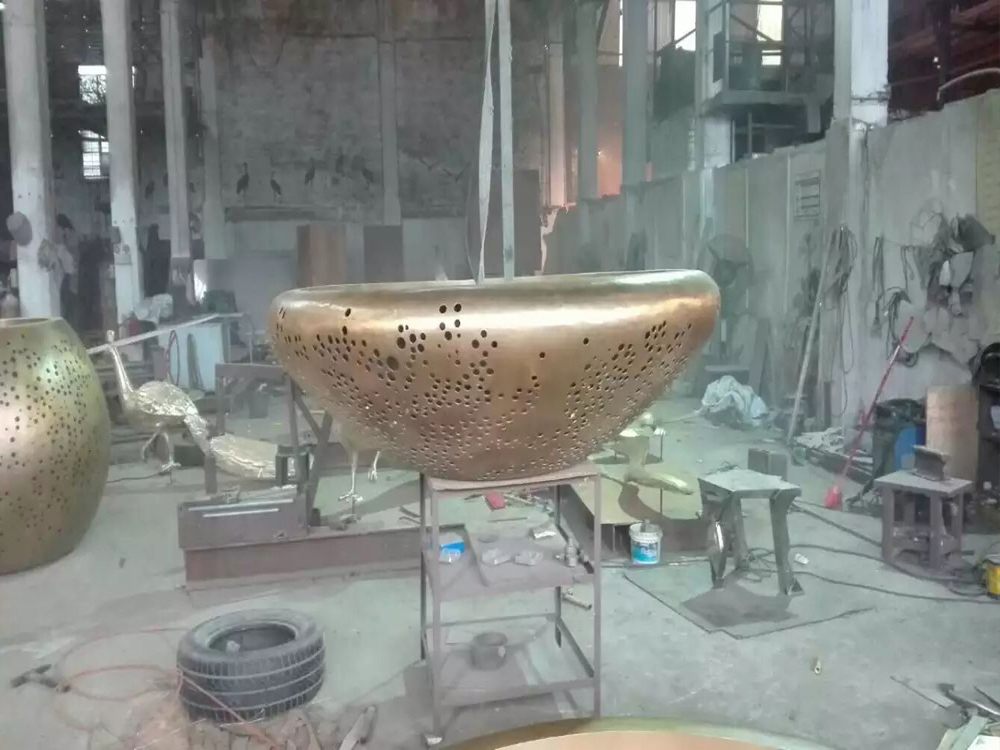
Wood carvings sculptures hold a unique position in markets where woodcraft is deeply embedded in cultural traditions. Regions with strong historical ties to woodworking, such as Bali, Japan, and parts of Africa, often see these sculptures flourish due to their artistic and symbolic value.
In such markets, wood carvings are not merely decorative items but carry cultural narratives, religious significance, and ancestral pride. This intrinsic connection boosts demand among locals and tourists alike, ensuring steady sales. Artisans often pass down techniques through generations, preserving authenticity and craftsmanship, which further elevates market appeal.
Economically, wood carvings contribute significantly to local livelihoods. High-quality pieces command premium prices, especially when crafted by renowned artisans. Export markets also thrive, as collectors worldwide seek culturally rich, handcrafted sculptures. However, sustainability concerns and competition from mass-produced replicas pose challenges.
Ultimately, in regions where woodcraft is a cultural cornerstone, wood carvings sculptures perform robustly, blending artistry, tradition, and commerce. Their enduring appeal ensures they remain a vital part of both cultural heritage and economic activity.

